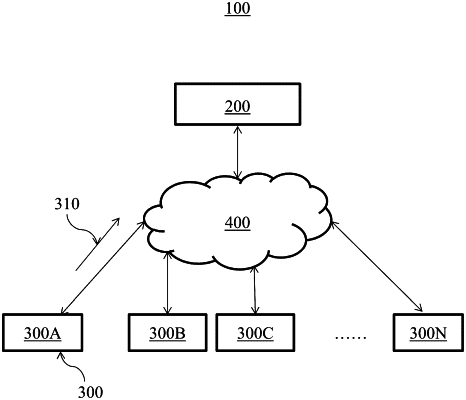| CPC G16H 50/20 (2018.01) [A61B 5/7267 (2013.01); A61B 5/7275 (2013.01); A61B 5/7278 (2013.01); A61B 5/7282 (2013.01); G06F 40/117 (2020.01); G06F 40/295 (2020.01); G06F 40/30 (2020.01); G06N 5/04 (2013.01); G06N 20/00 (2019.01); G16H 10/60 (2018.01); G16H 50/70 (2018.01); G16H 70/60 (2018.01)] | 8 Claims |

|
1. A method for providing health information, comprising:
building, via a computer processor, a health predictive model, wherein the health predictive model is based on a plurality of symptom-attribute-value (SAV) ontology objects from free text of a plurality of electronic medical records, a plurality of feature vectors associated with the plurality of electronic medical cases and at least partially based on the SAV ontology objects and at least one diagnoses of a medical condition associated with case of the plurality of electronic medical cases;
receiving, via the computer processor, one or more responses via an automated health conversation, wherein the automated health conversation comprises repeatedly determining a new question until a final question is determined, and successively outputting the question;
updating, via the computer processor, a current feature vector based on the one or more responses;
inputting, via the computer processor, the current feature vector into the health predictive model;
calculating, via the computer processor, a probability vector based on said inputting, the probability vector including one or more probabilities each associated with a selected medical condition; and
outputting, via the computer processor, at least one of the one or more probabilities to a display.
|